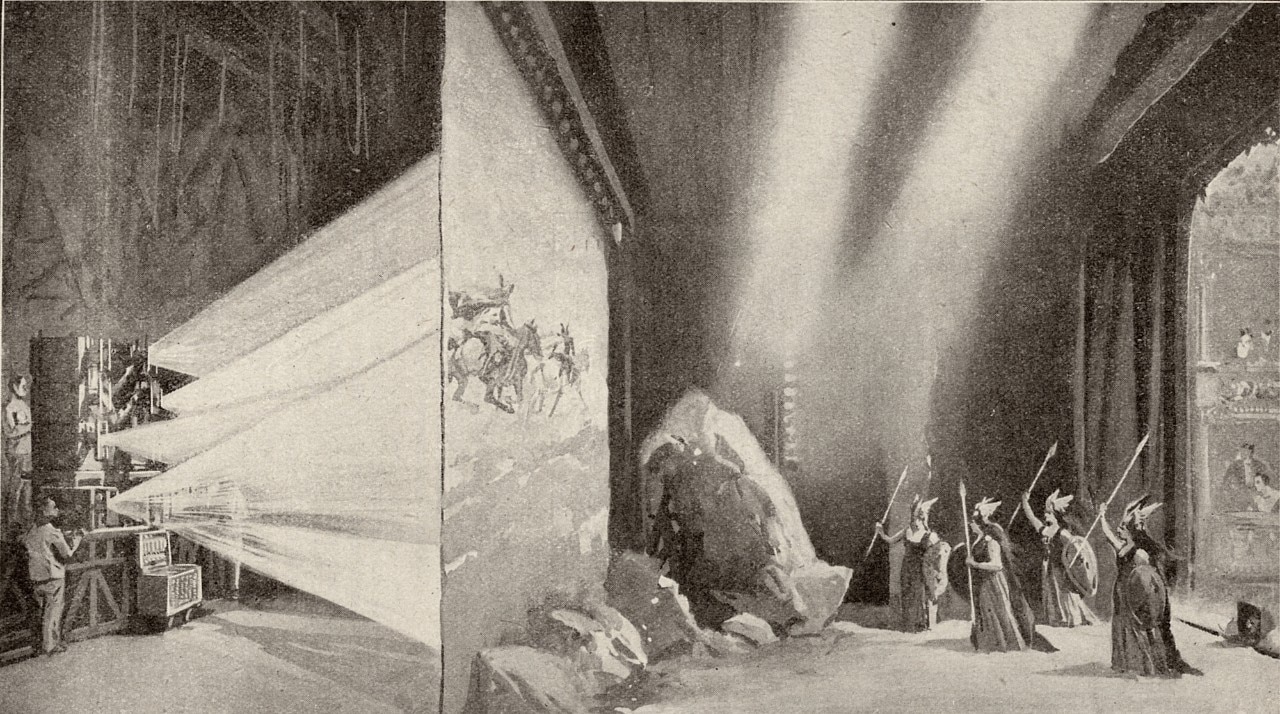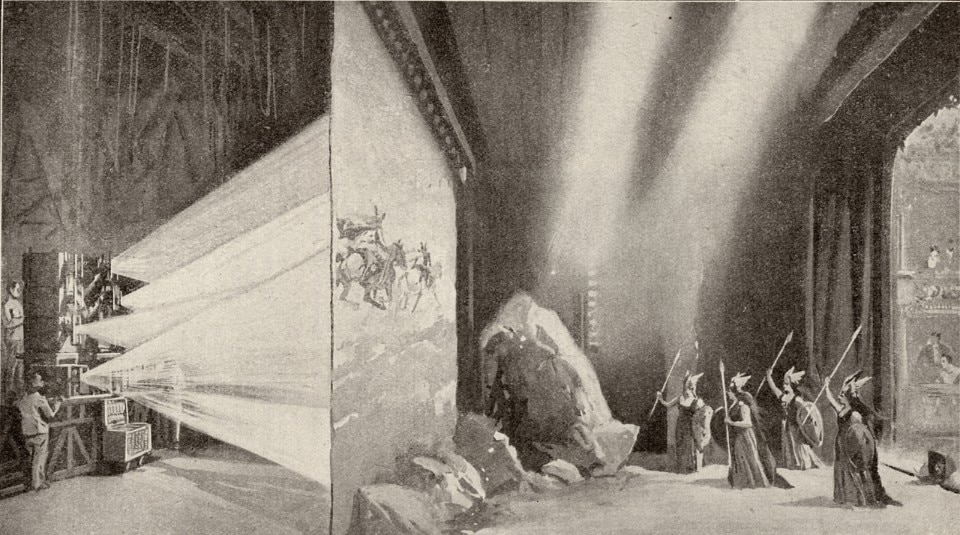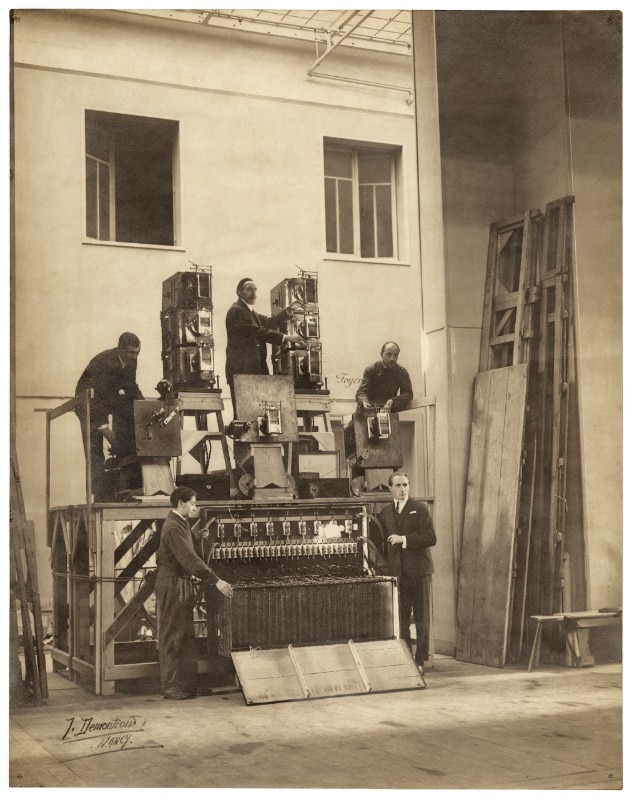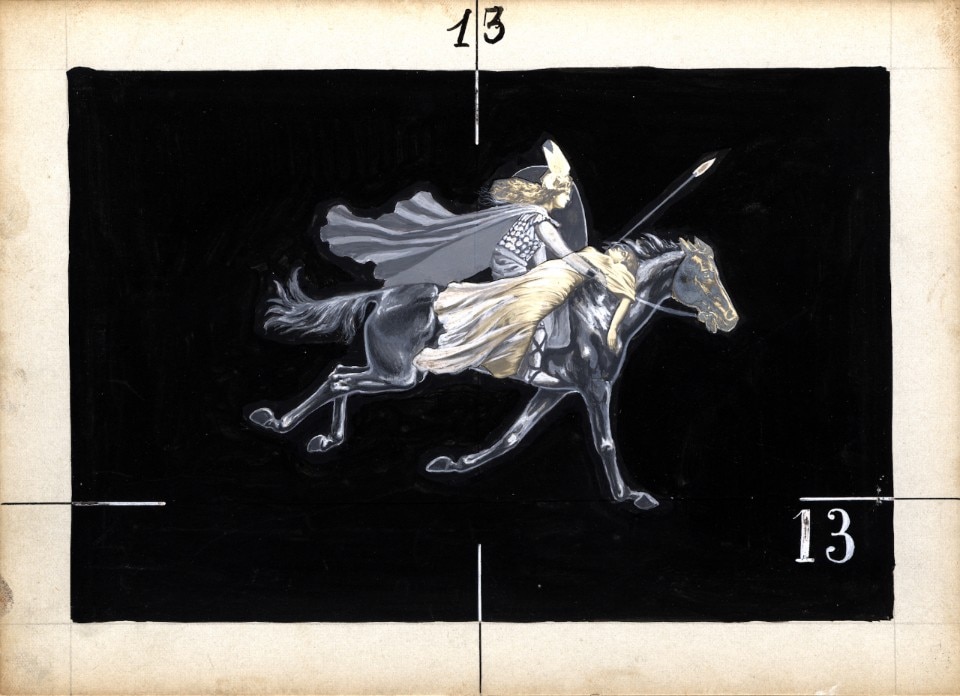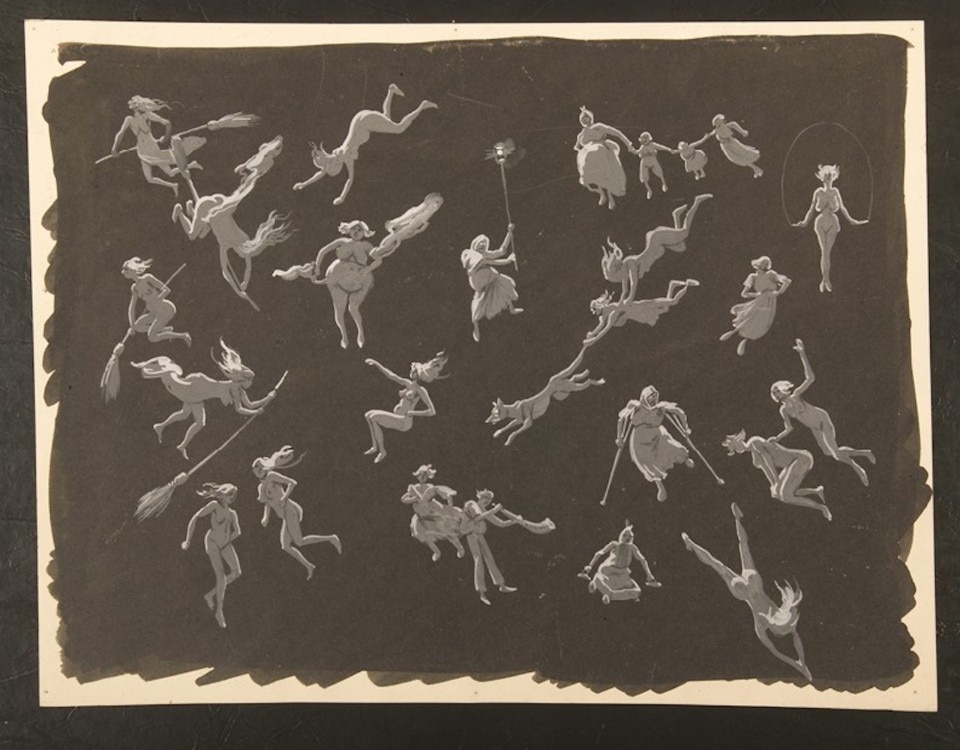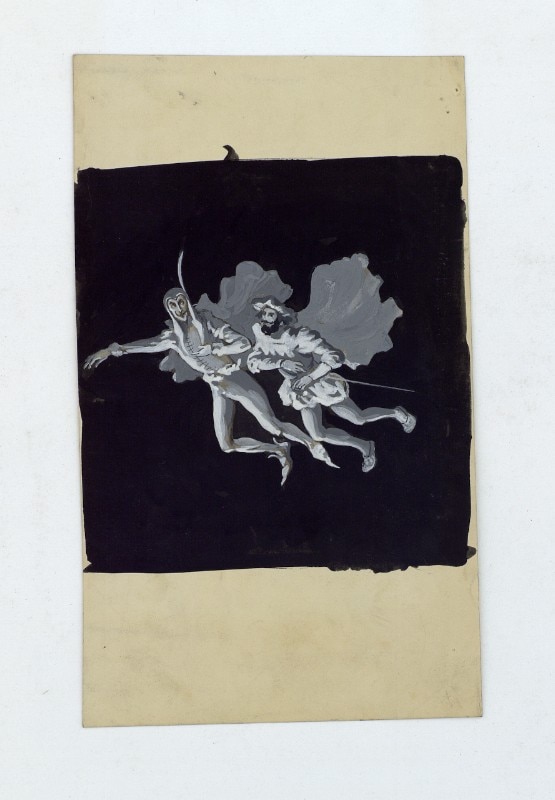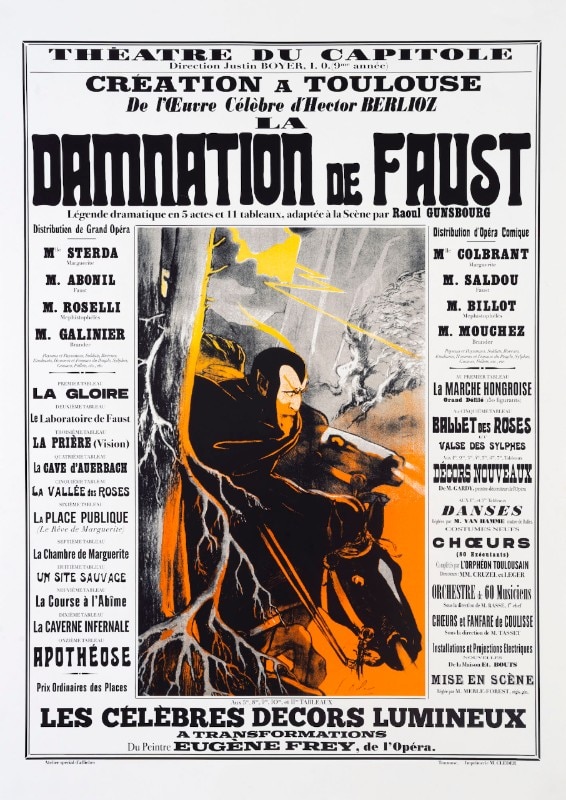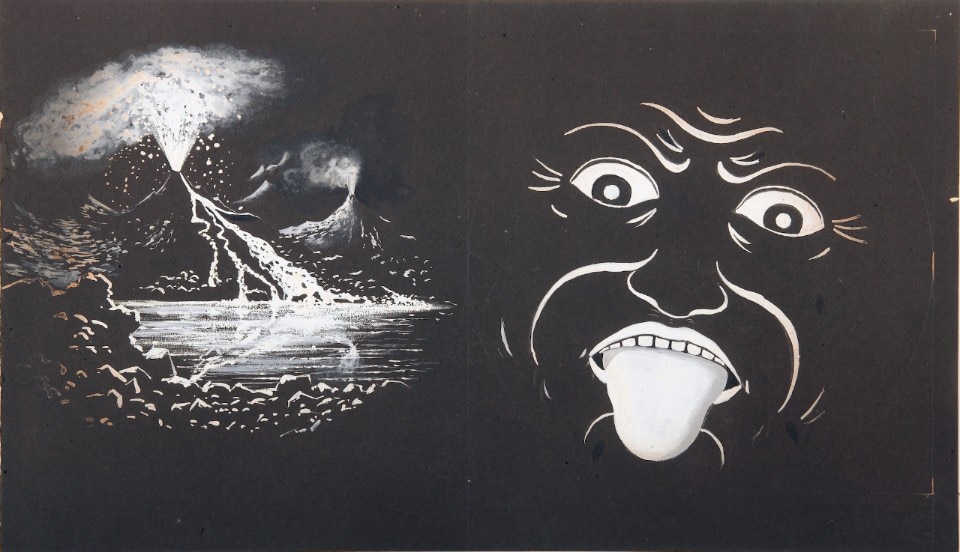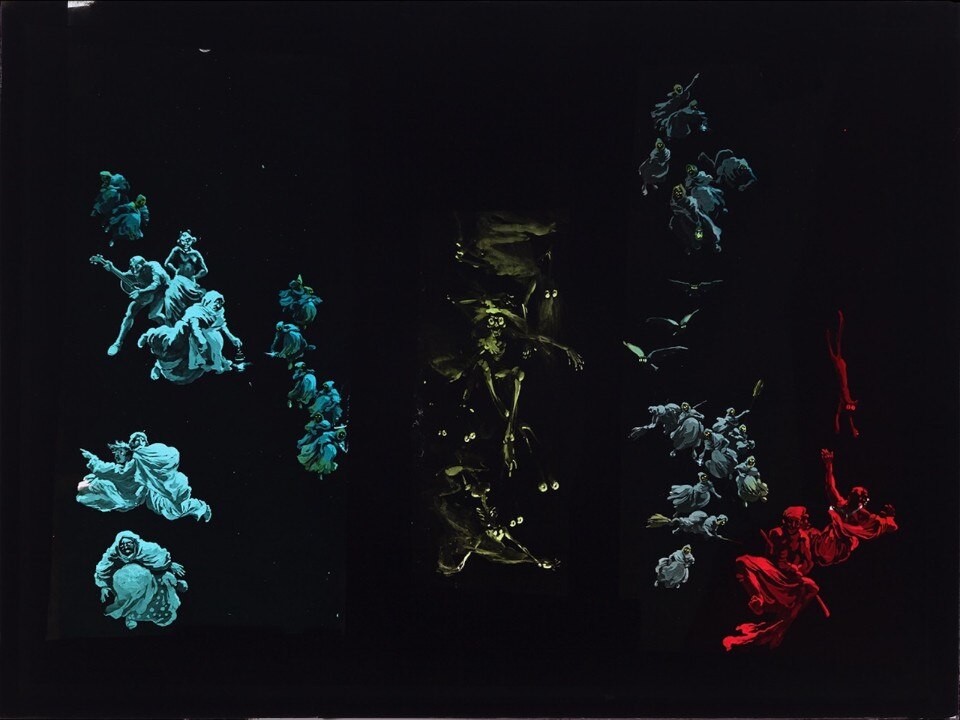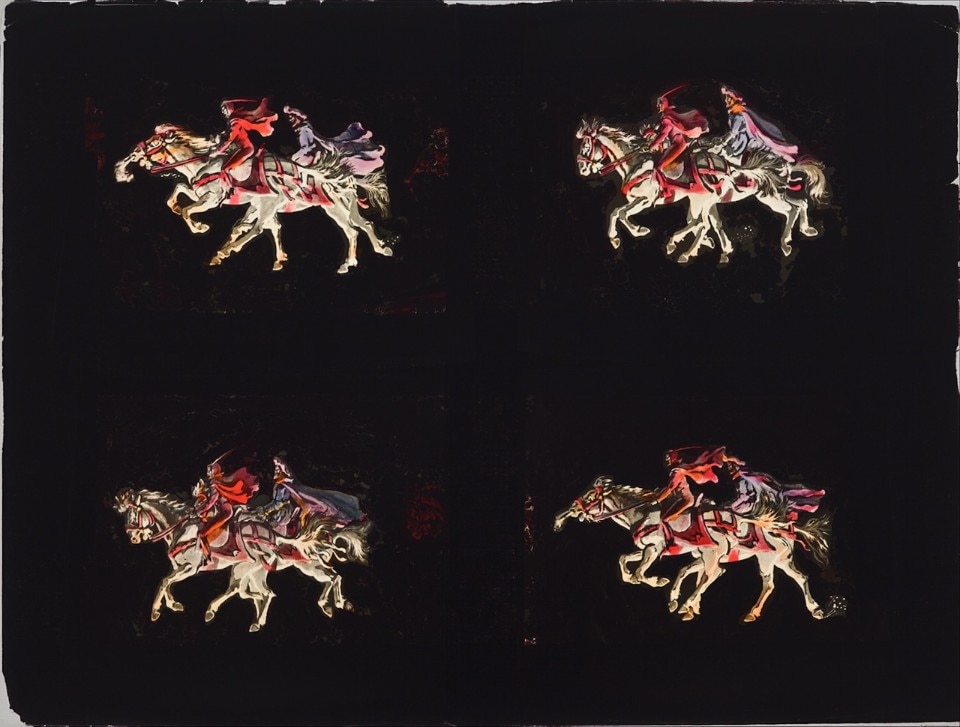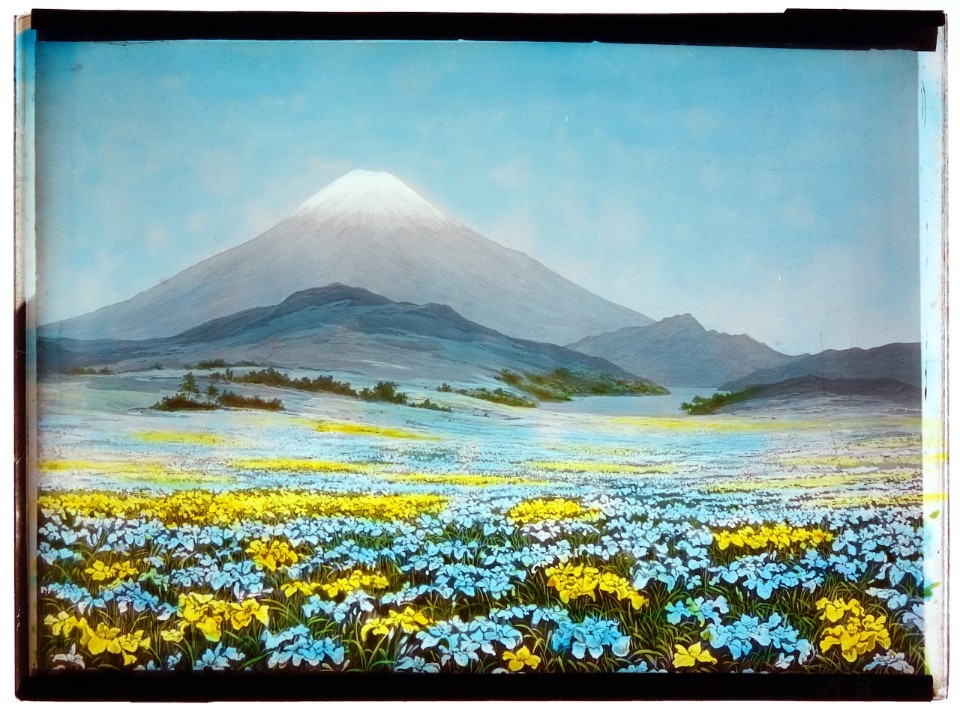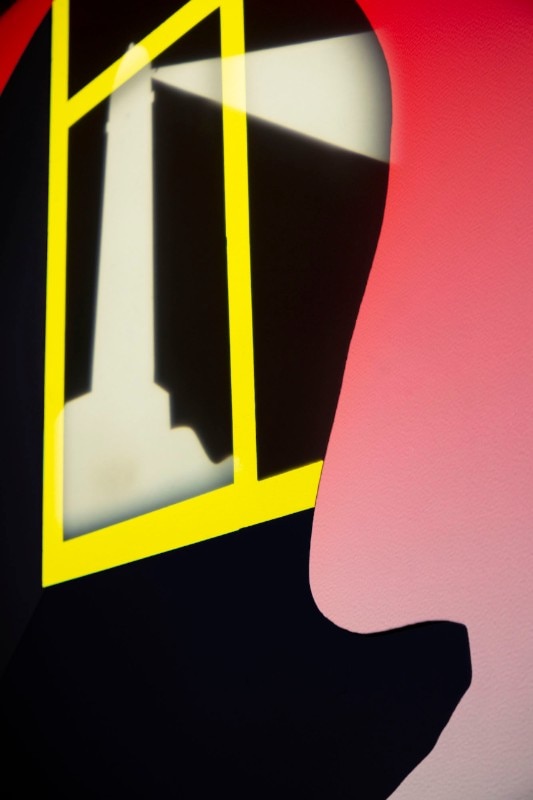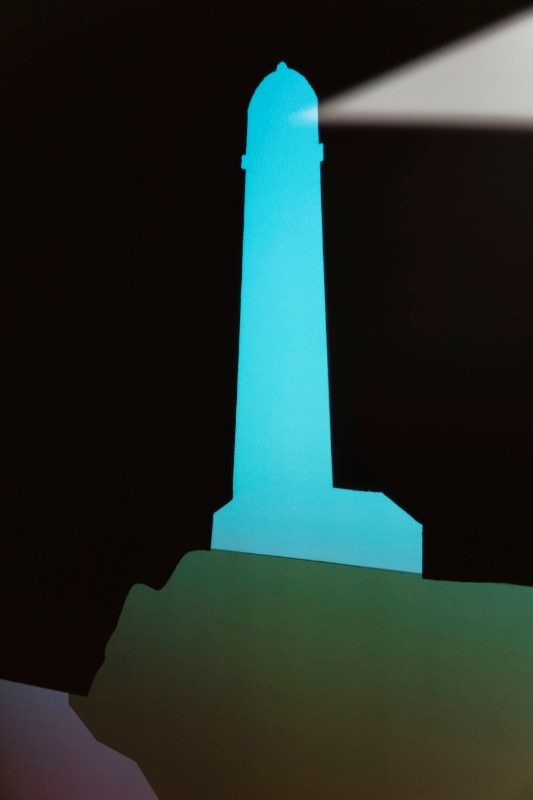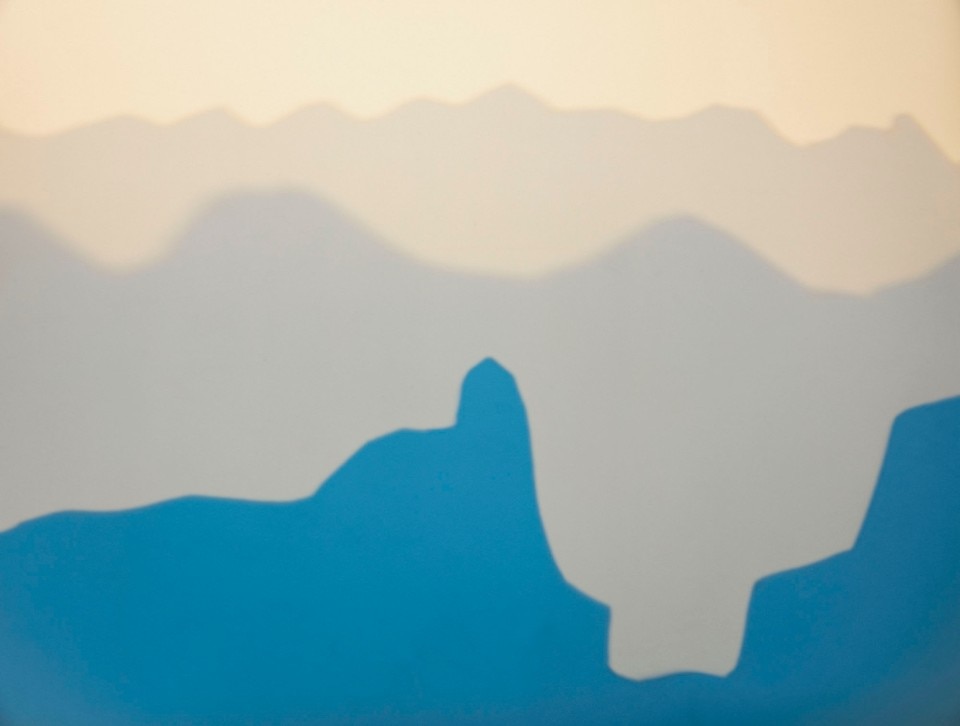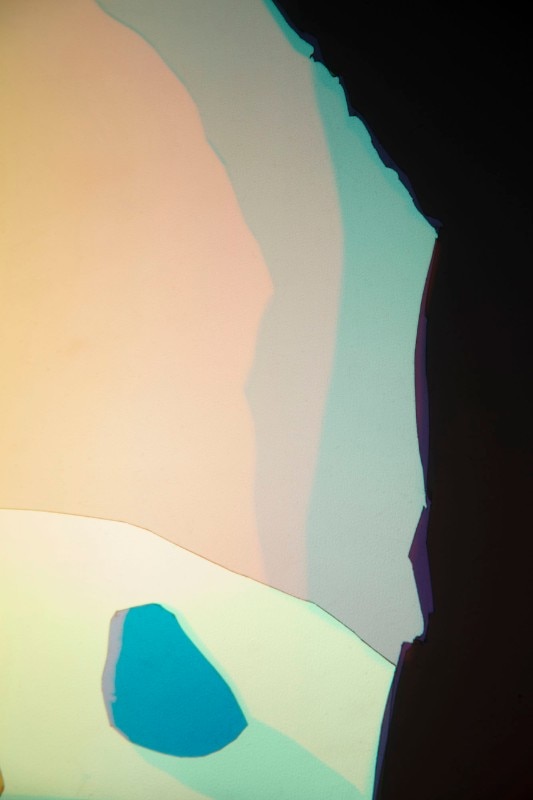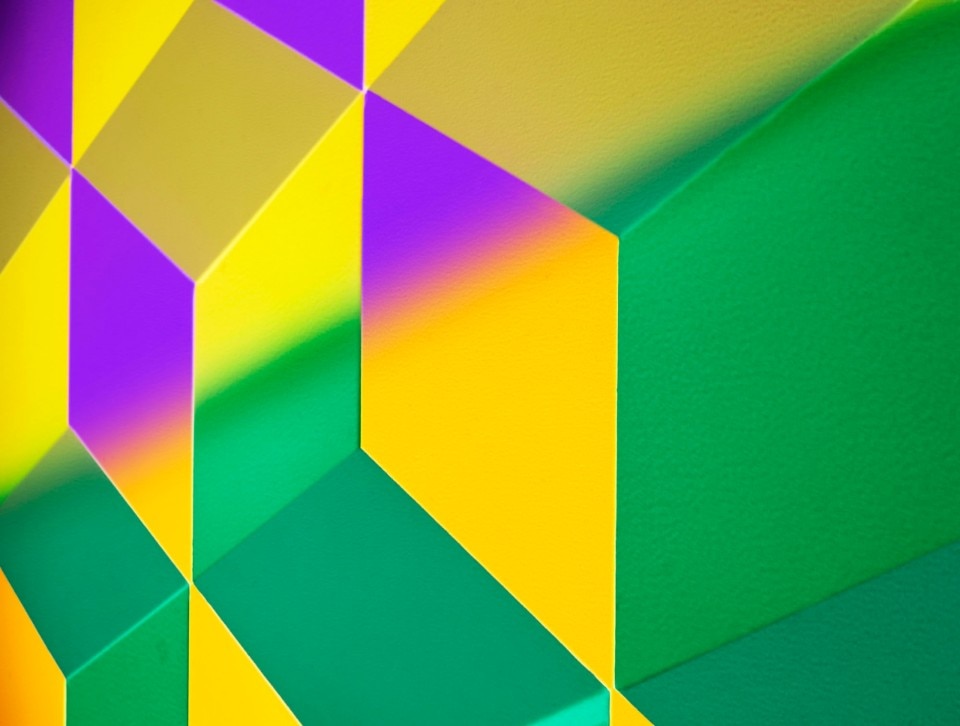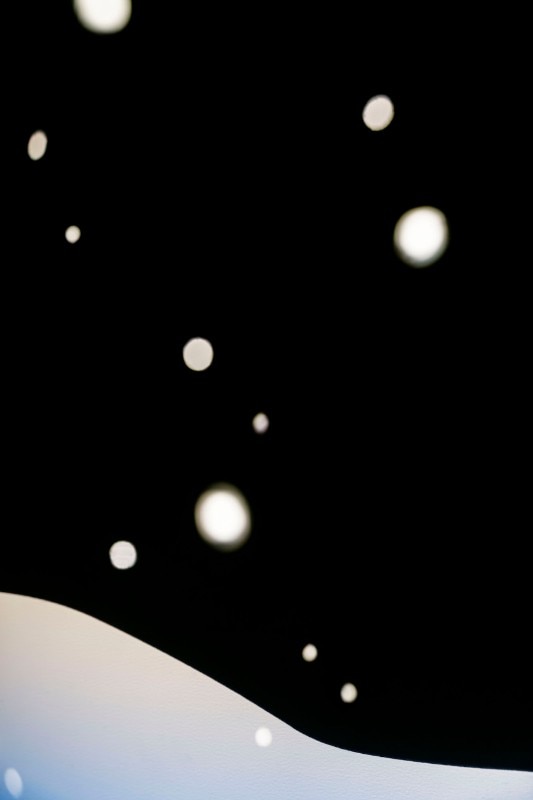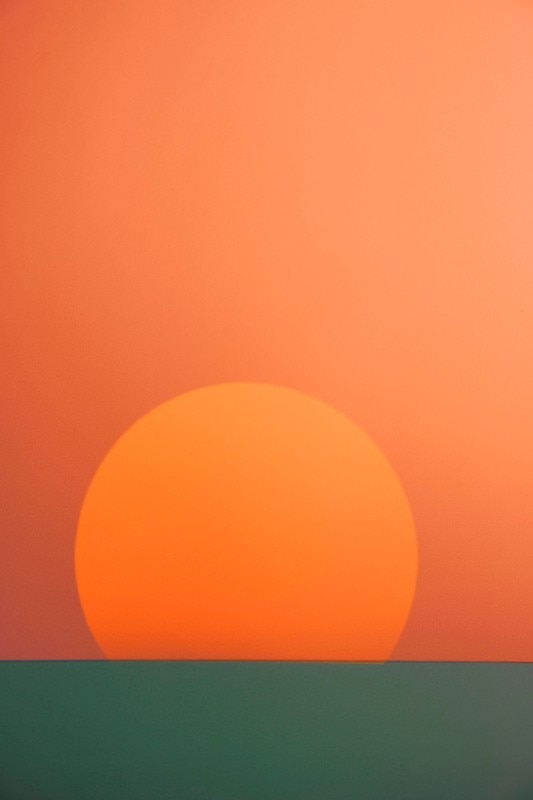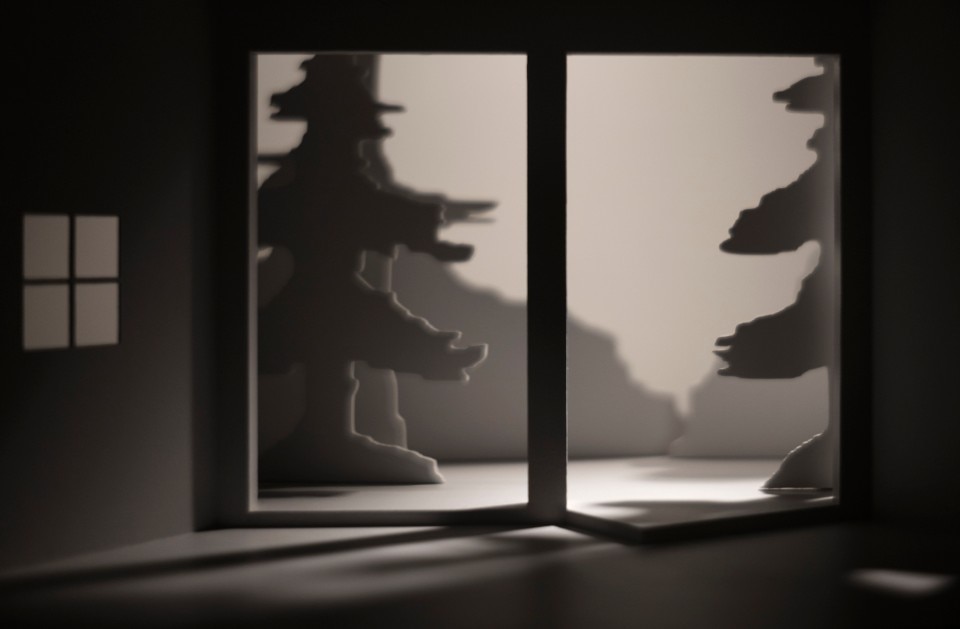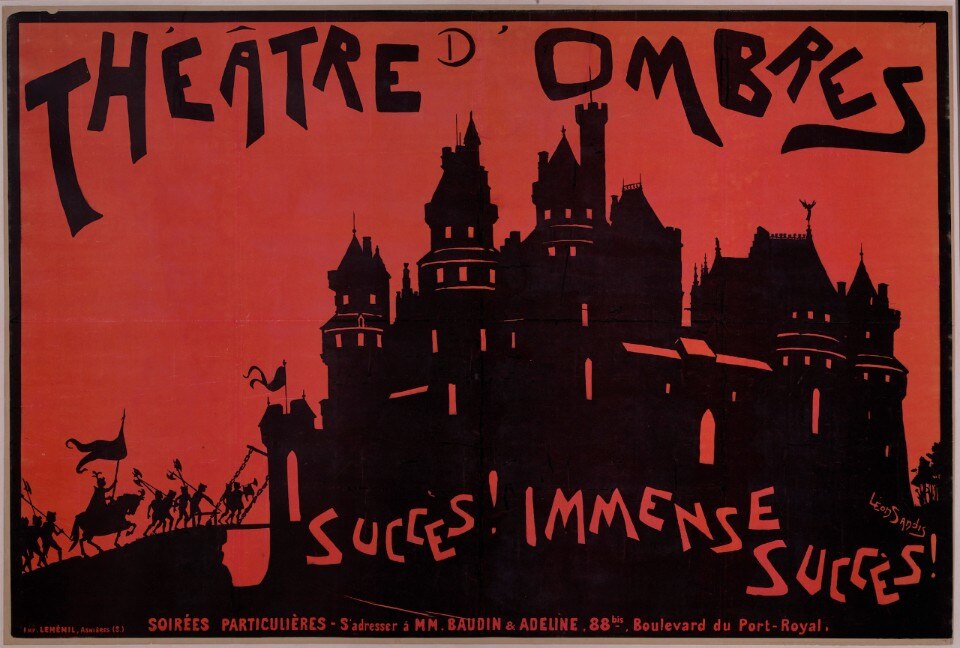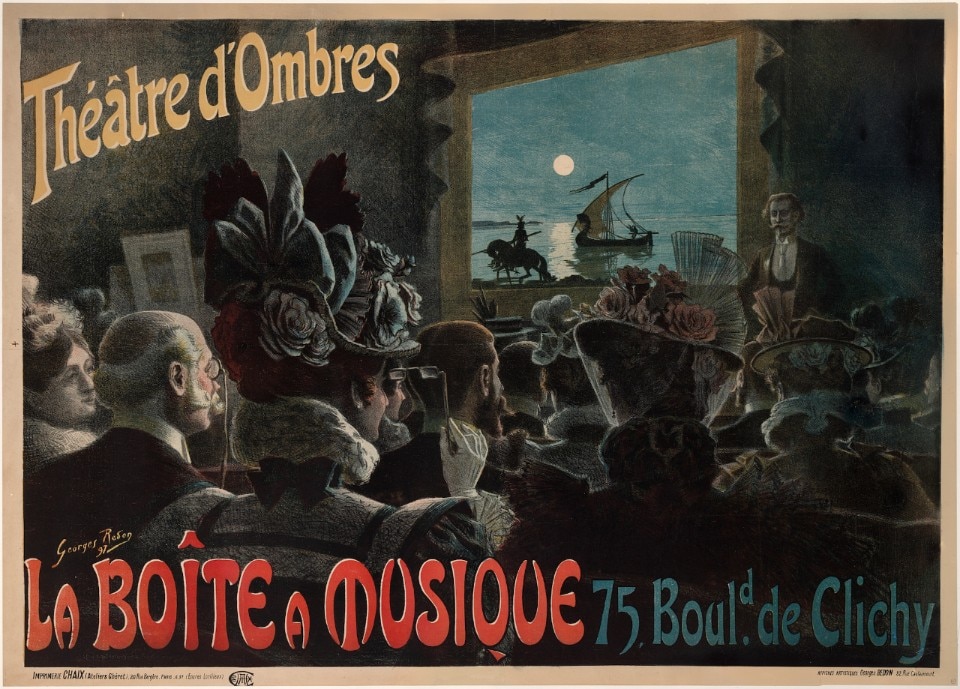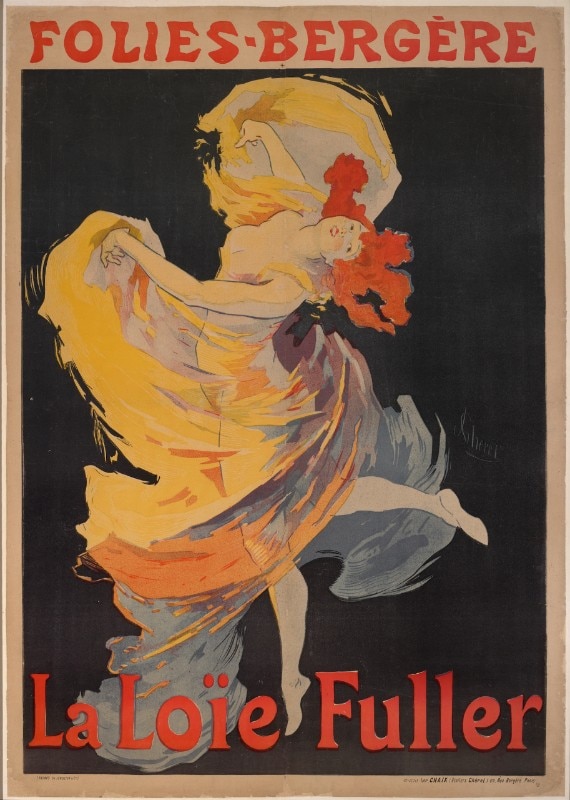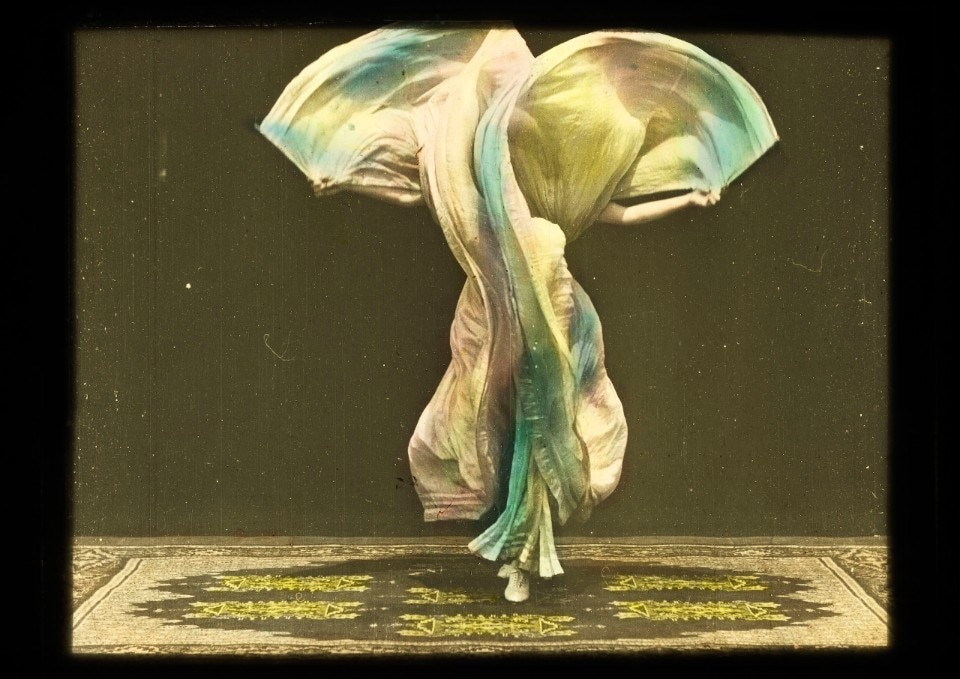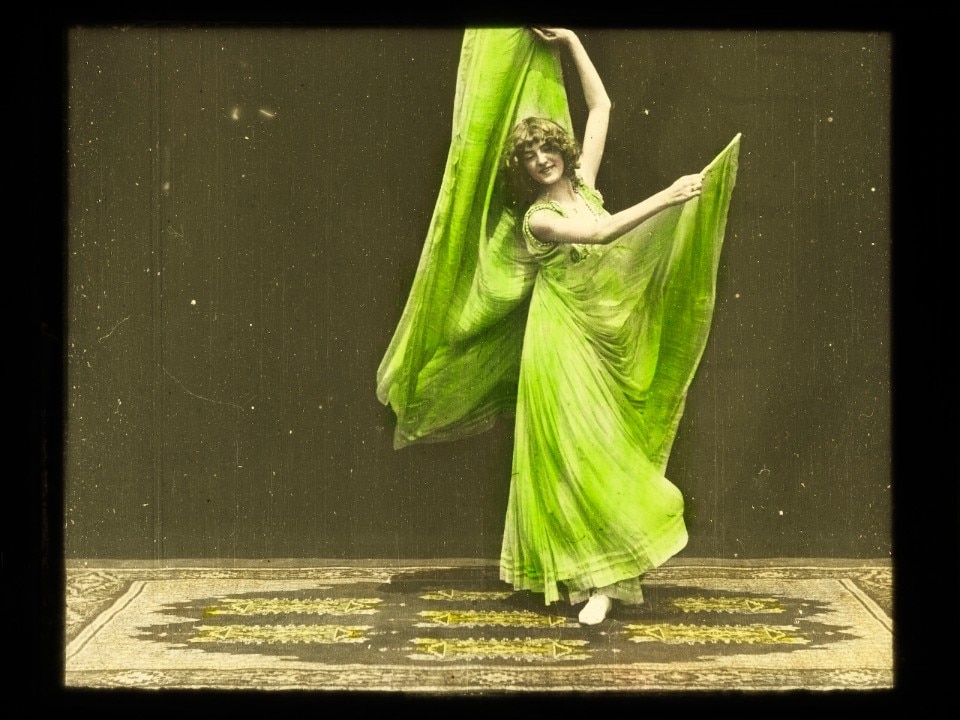The exhibition curated by Célia Bernasconi was inaugurated on February 7, in Villa Paloma - Nuoveau Musée National de Monaco, a little before the coronavirus lockdown let only drafts and ghosts to see Frey’s works. In the meantime, Marie-Claude Beaud, director of the wonderful museum, announced that, next year, former director of Yves Saint Laurent Marrakech Museum Björn Dahlström will take her place. Such an occasion represented a second opportunity for an exhibition whose first inauguration certainly didn’t have the best timing.
Let’s move on to Eugène Frey, who was born in Brussels in 1864. Sign of the Zodiac: Libra. He was painter, inventor, operator, heir and pioneer, artist and technician, ghost of the stages and unknown man behind the scenes at the Opéra de Monte Carlo from 1904 to 1924.
We owe him the invention of a specific stage design technique, called “Les Décors Lumineux”, which is also the main theme of the exhibition. We’ve used sophisticated words to describe quite a vague concept, with a name that immediately recalls the realm of the imaginative, of lightness, of everything that is suffused and idyllic. And yet, this couldn’t be further from what it really is.
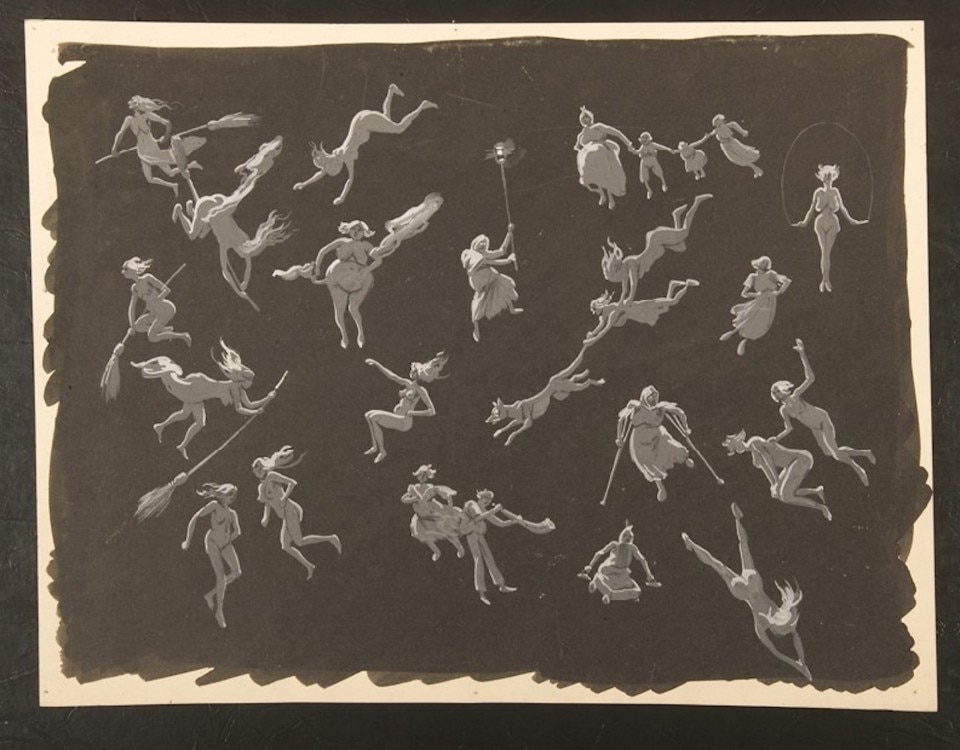
Actually, the Décors are based on the world of mechanics and greased gears. They are not thin, they weigh quite a bit and they rely on the strength of the arms of the stage technicians, who, as Frey himself once wrote, have always seen it more as a burden than an honour to deal with such an intricate engineering process.
To use more modern terms, a Décor is the ancestor of special effects, with some notes of uniqueness on top. Resulted from a late-19th-century desire to recreate movement, the Décors Lumineux are a complex system of light projections coming from a hidden monster-machine, which brings the stage scenery to life, turning silent pictures and settings into actors interacting with the play.
During the century of technical evolution, mass tourism and Universal Expositions, Frey exploited progress and shaped it into a decorative element.
The details, the little things such as colour and light, destined to last only for the duration of a scene, thus became the necessary tool to renew the approach to stage design, involuntarily creating a new kind of theatre that is unstable, immaterial, dynamic and impossible to copy.
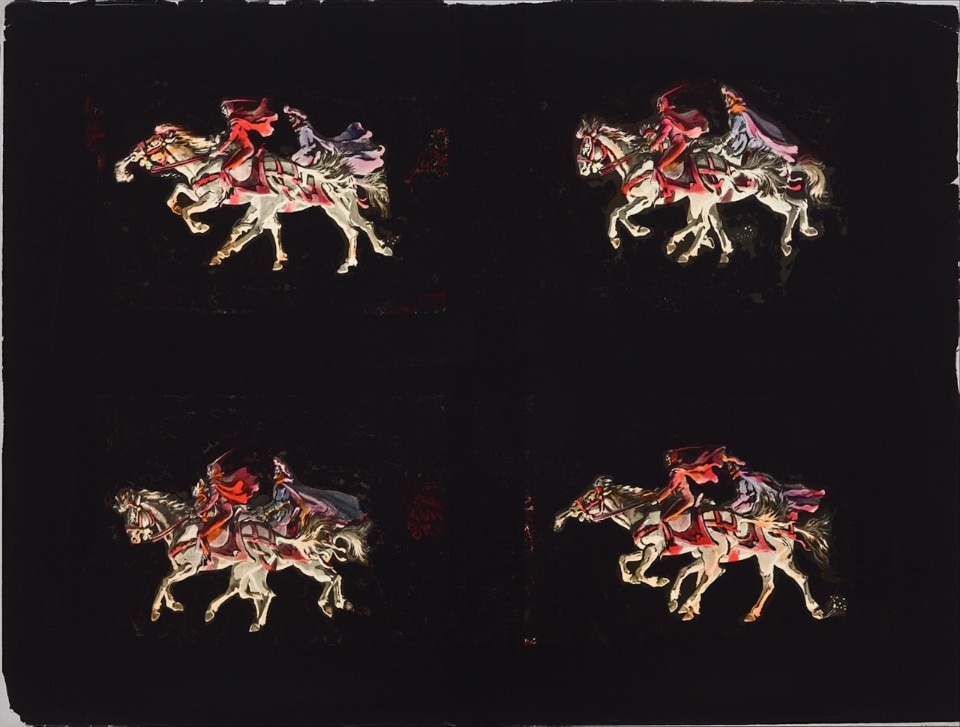
This put an end to the mechanical evolution aimed at science-turned-entertainment, which had characterized the years of the Parisian Chat Noir’s and Folies Bergère’s cabarets. These were all experiences in which the public assisted to the creation of veritable puppet-machines that were the main focus of the shows.
The new Theatre of Light hides its technical progress and turns the decorative and luminous elements, which once served as furniture and support for the actors, into a spectacular and constantly changing component of the performance itself.
This turning point will completely revolutionize the primary motivation of the spectator’s presence in the theatre, insinuating doubt in many people’s minds: what made them want to go to the theatre? The play or the show of lights? Or their coexistence?
To understand the spectacularity and complexity of Frey’s work, it would be necessary to go back in time, and sit in the fourth row of the theatre, while Brünnhilde’s shadow comes to life and, always accompanied by the faithful Valkyries, informs Siegmund that he is destined to die. Wagner’s music channels the force unleashed by the shadows that Frey animates in a stormy atmosphere, while strings and woodwinds plunge us in such a solemn atmosphere, that when we get back to the real world, we feel disoriented. Unfortunately, the exhibition is only limited to Frey’s preparatory material for the debut on stage: glass sheets, sketches, maquettes, models and photographs are the only witnesses of the greatness of an experience that cannot be recalled because it is lost and, perhaps fortunately, became crystallized in the past. What the visitor can really appreciate while walking around the rooms of the exhibition is more the precision and meticulousness of these small pieces of paper goldsmithery rather than the massive and spectacular dimension of the technique of which they were the instruments.
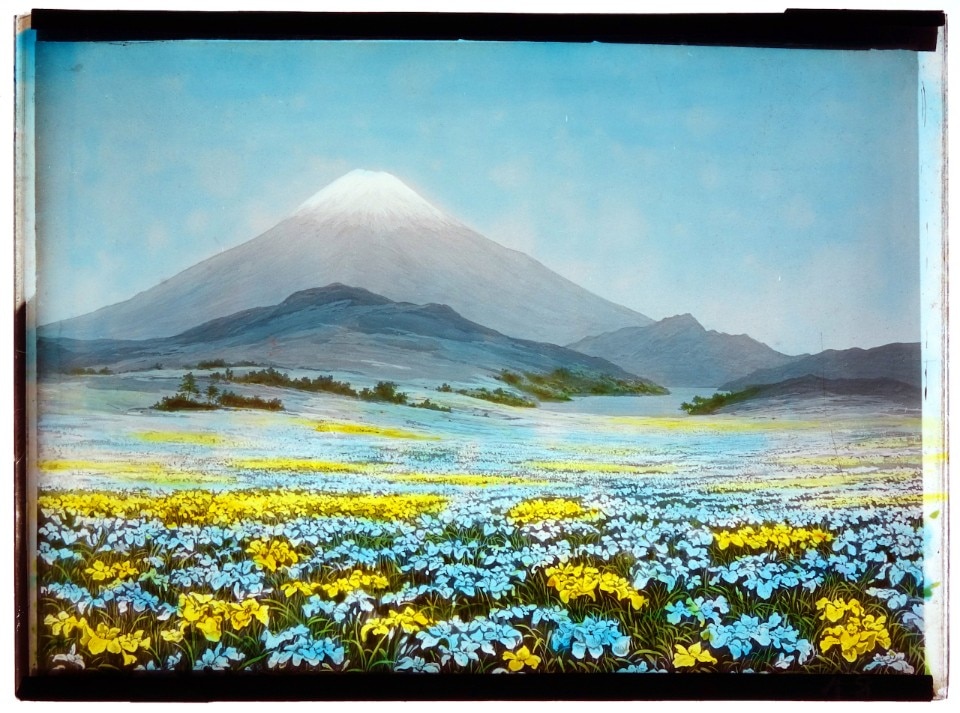
In the meanwhile, the works of João Maria Gusmão and Pedro Paiva, which are part of the exhibition, are there to remind us of the technique with which the Décors Lumineux first came to life. The two artists were asked to reinterpret the medium, extrapolated from the theatrical context and thus forced to be independent, creating real battles of lights piling up on each other, colors overlapping in the back, of different dimensions accumulating. In the landings, along the stairs or framed by the miniated glass panes made by Frey, we see glimpses of a lighthouse whose light branches off to the coast, of a panorama transforming as the time goes on, of hills covered by a quiet snowfall.
These images are characterized by a disconcerting compositional simplicity but confront the undeniable difference in the emotional state between Frey’s viewers and Gusmao’s visitors.
If the beginning of the 20th century had channelled art into the culture of scientific progress, today we are overwhelmed by the dynamism of images, sterilized by the frenzy of digital, forced to seek peace in the cult of technological obsolescence and primordiality, making "Variations, Les décors lumineux d’Eugène Frey" an experience of nostalgic calm for exhausted digital visitors.
You can visit the exhibition with many works by Frey, Gusmao, Paivre and numerous proto-cinematographic experiences at the Nuoveau Musée National de Monaco until August 30, 2020.


